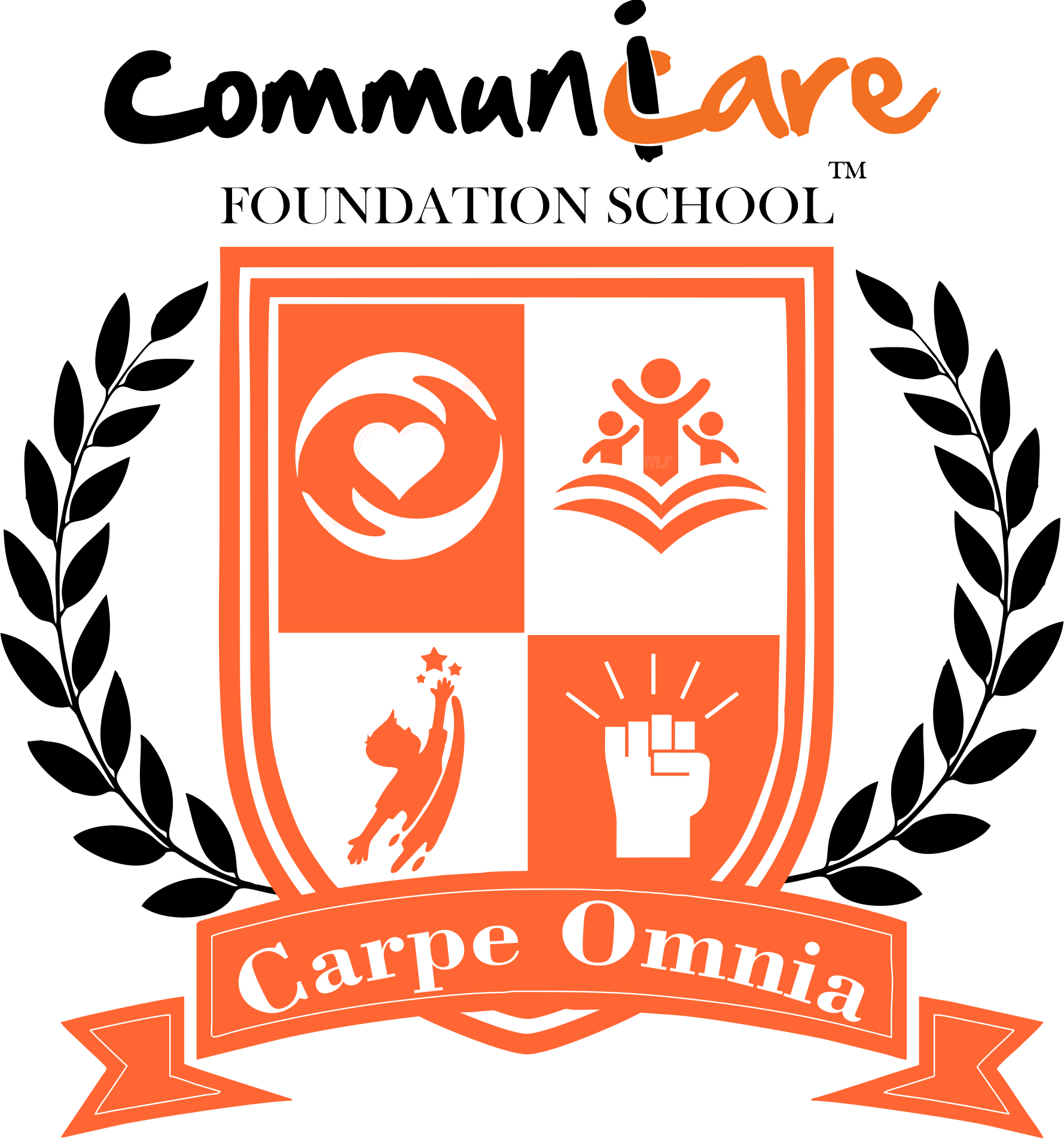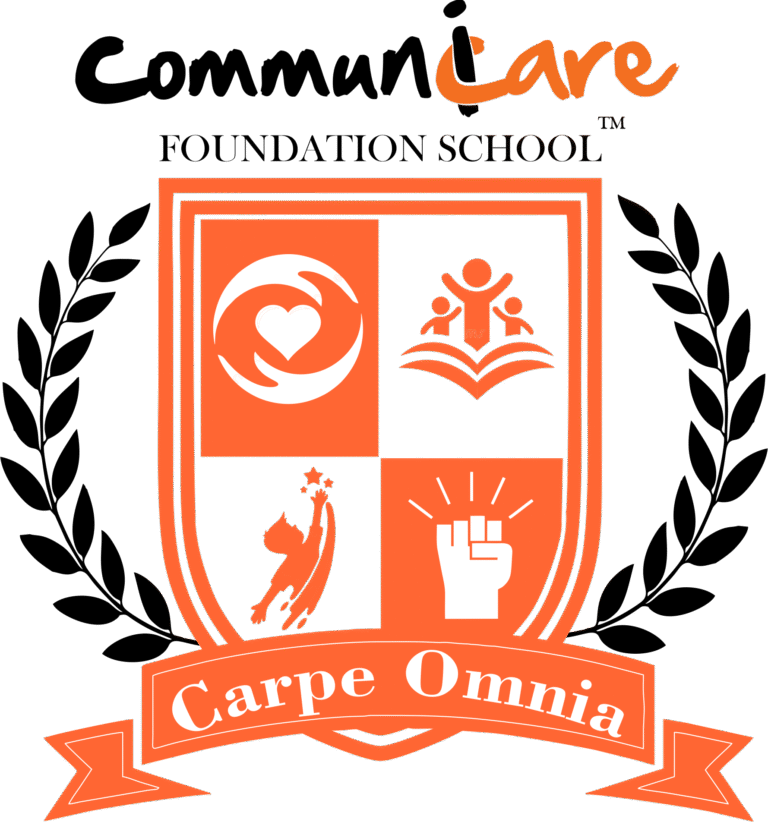Dance Movement Therapy: Healing Through Rhythm and Motion

What Is Dance Movement Therapy?
Dance Movement Therapy is a therapeutic practice that blends body movement with psychological healing. It operates on the idea that the body and mind are interconnected—how we move reflects how we feel. By exploring movement in a safe and structured environment, individuals can access emotions, release stress, and gain deeper self-awareness without relying solely on words.
It is increasingly being integrated into Special Education programs to support holistic development in children with diverse needs.
Benefits of Dance Movement Therapy
- Emotional Expression Without Words: Sometimes feelings are too complex or deep to articulate. DMT offers a way to express and process these emotions physically, leading to emotional clarity and release. This is especially valuable in Special Education, where non-verbal communication is often a key therapeutic focus.
- Reduces Stress and Anxiety: Rhythmic movement, combined with breathing and mindfulness, calms the nervous system and helps release tension stored in the body. This can be highly beneficial for learners in Special Education settings who may experience heightened anxiety or sensory overload.
- Improves Body Awareage: DMT promotes a positive connection with one’s body. It can help individuals feel more grounded, confident, and in control—crucial benefits for students in Special Eness and Self-Imducation navigating self-esteem challenges.
- Supports Trauma Recovery: Trauma often resides in the body. DMT allows people to process and release these experiences gently through guided movement, offering a path to healing that doesn’t rely on reliving painful memories. It can be a vital intervention in Special Education, where students may have experienced emotional or developmental trauma.
- Boosts Mood and Energy: Physical activity releases endorphins—the body’s natural feel-good chemicals. Engaging in expressive movement uplifts the spirit and energizes the mind, supporting emotional regulation in Special Education environments.
- Enhances Social Connection: Group dance therapy fosters a sense of community and shared understanding. Mirroring others’ movements can build empathy and deepen interpersonal bonds, a key component in social skills training within Special Education frameworks.
How Does It Work?
Dance Movement Therapy sessions may include:
- Free movement exploration to discover emotional patterns.
- Guided exercises focused on grounding, breathing, and rhythm.
- Mirroring activities, where participants reflect each other’s movements to build empathy.
- Improvisation and structured choreography tailored to the emotional goals of each session.
Therapists observe posture, gestures, and movement dynamics to help interpret unspoken feelings and encourage emotional breakthroughs. In Special Education, these observations help tailor individual learning and therapy plans that foster both academic and emotional development.
Who Can Benefit from DMT?
Dance Movement Therapy is effective for people of all ages and backgrounds. It’s particularly helpful for those dealing with:
- Anxiety and depression
- PTSD and trauma-related challenges
- Eating disorders and body image issues
- Grief and loss
- Autism spectrum and developmental disorders
- Neurological conditions like Parkinson’s or dementia
It’s also widely used in Special Education settings to support students with physical, emotional, cognitive, and behavioral challenges. DMT serves as both a therapeutic and educational tool, enhancing learning outcomes through movement-based engagement.
A Journey of Transformation
Dance Movement Therapy is not about performing or perfecting choreography—it’s about tuning in to your inner world and allowing movement to express what words often can’t. It’s a process of discovery, empowerment, and healing.
Whether you’re battling emotional challenges, seeking to reconnect with your body, or just looking for a new way to manage stress, Dance Movement Therapy offers a powerful, creative, and deeply personal path to well-being. In Special Education, this approach is proving to be an invaluable tool for unlocking students’ potential in ways that traditional methods cannot.



